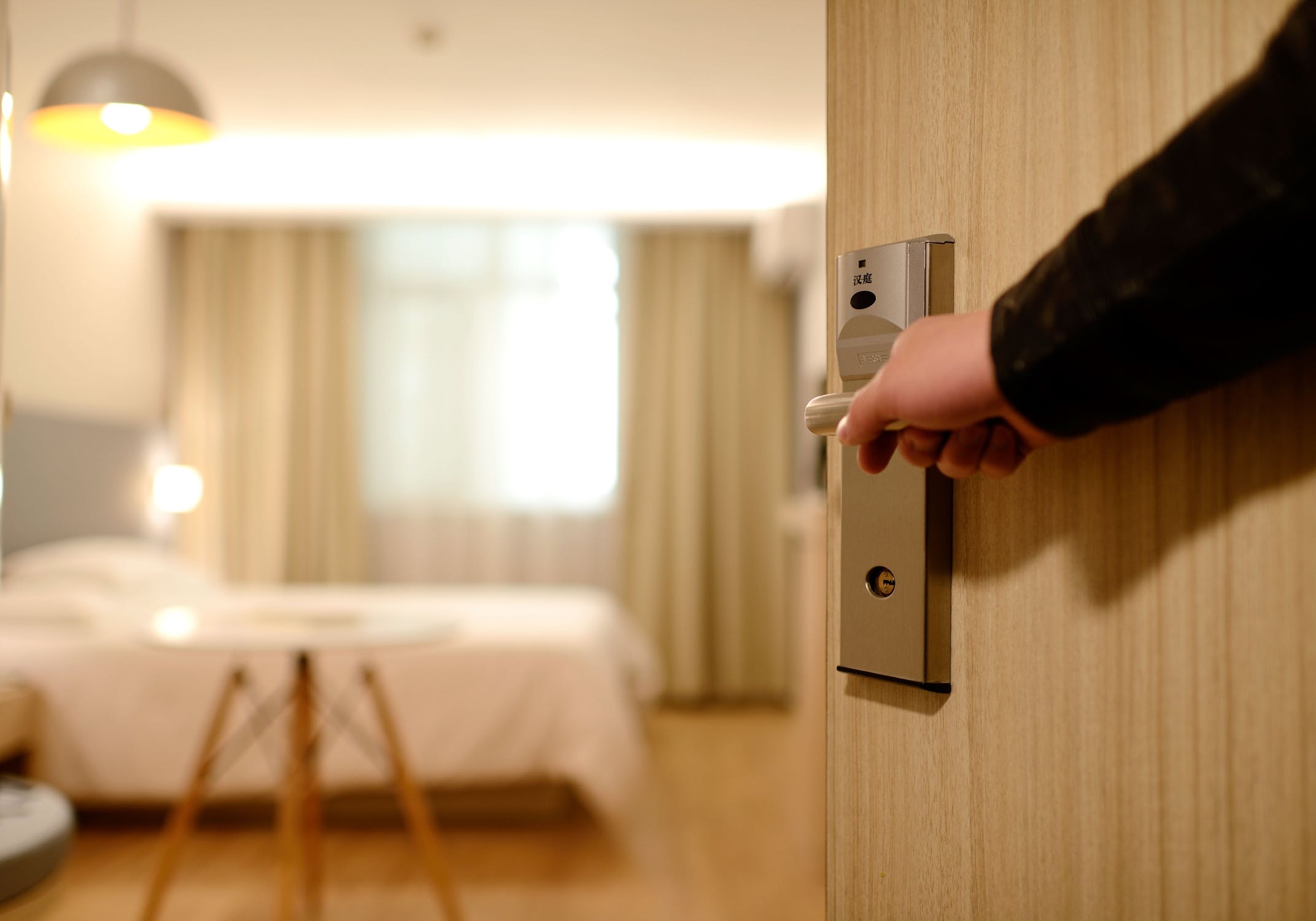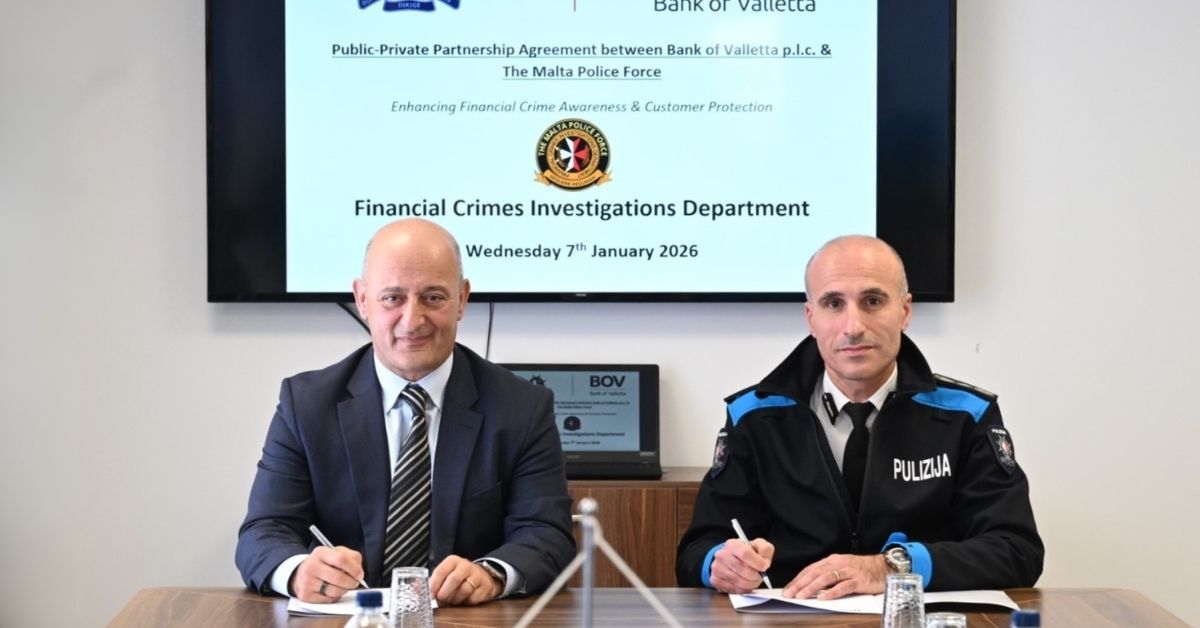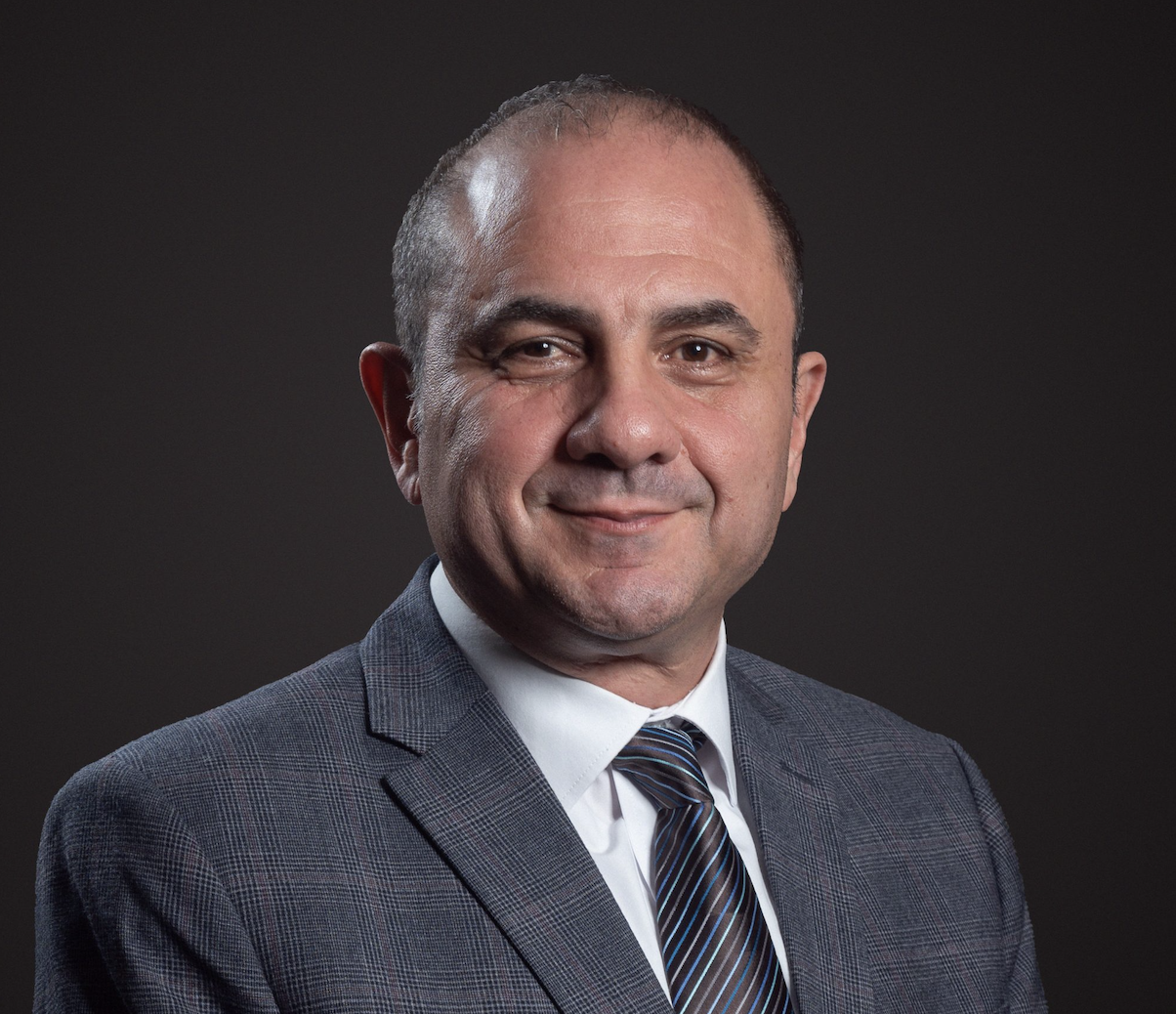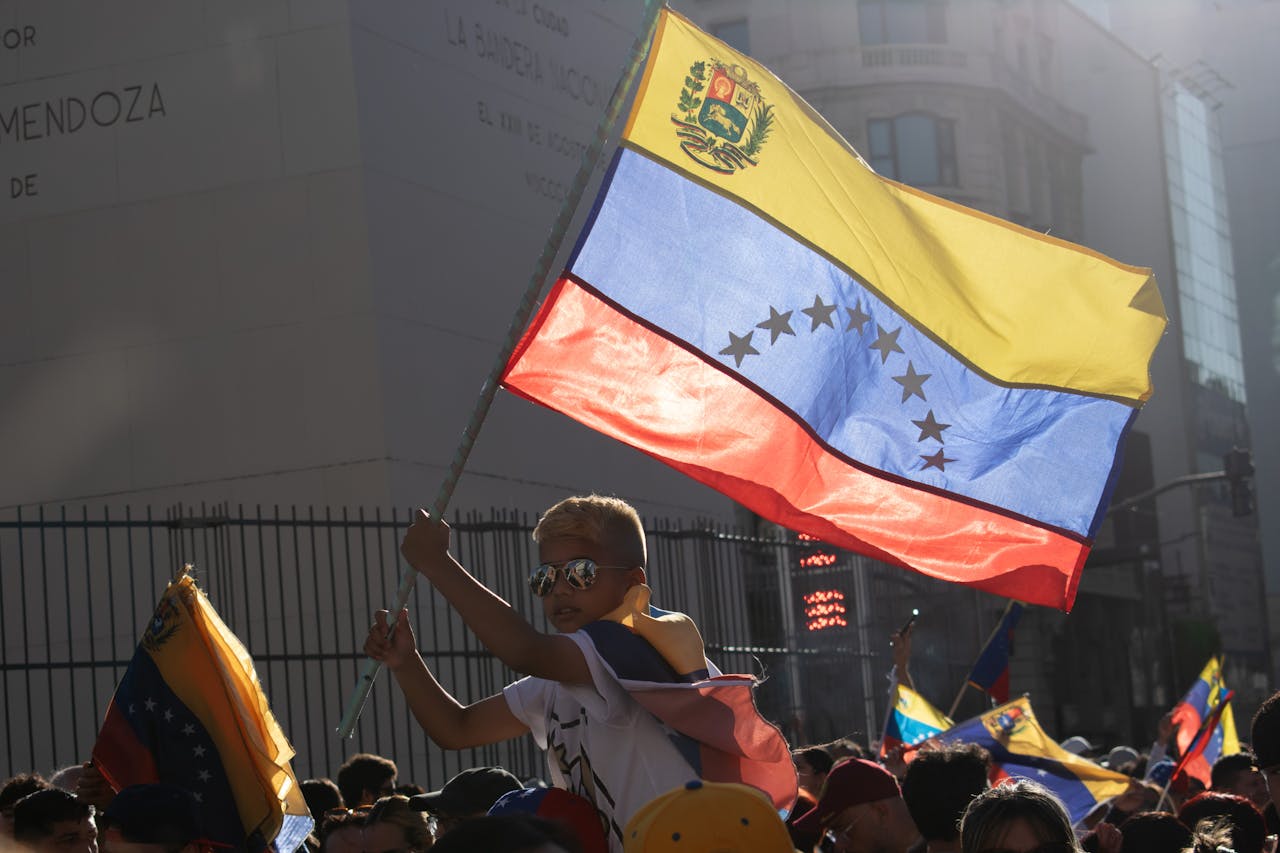Currently, there are a total of 66,132 registered beds in Malta and Gozo, with applications for a further 4,566 new beds. Of the total, 56,257 are located in Malta and 9,875 in Gozo.
The topic of registered beds has made headlines recently after the Malta Hotels and Restaurants Association commissioned big-four firm Deloitte to carry out a carrying capacity study for the island.
It found that if all hospitality projects in the pipeline get built, Malta will need to attract 4.7 million tourists a year by 2027, each staying just under seven nights, to prevent oversupply of accommodation becoming a serious issue.
Tourism Minister Clayton Bartolo has since said Malta has no intention of attracting those levels of tourist numbers. Indeed, 2019 was a record year with three million tourists having visited the island – still 1.7 million shy of the figure described in the MHRA study.
The number of current beds registered in Malta came to light through a parliamentary question submitted by Opposition speaker for tourism Robert Arrigo to Tourism Minister Clayton Bartolo.
The Minister was also asked for a number of beds found in establishments operating without a licence and whether new applications for hospitality establishments would be “stopped”.
Mr Bartolo said it was not possible to give a figure on unlicensed establishments however whenever one is found “they are being fined immediately and asked to regularise their position”.
He did not answer the Opposition speaker’s final question on whether new hospitality applications would be stopped for the time being.
BOV and police sign MoU to strengthen national fight against financial crime
BOV and the police will work together to raise public awareness on digital fraud and scams
Michael Stivala: Property still investment of choice for Maltese families
MDA data shows 16,636 new promises of sale were signed last year, up by 7 per cent from 2024
Venezuela–US developments: Limited market reaction, deeper geopolitical questions
Immediate economic and market impact has so far been relatively contained






